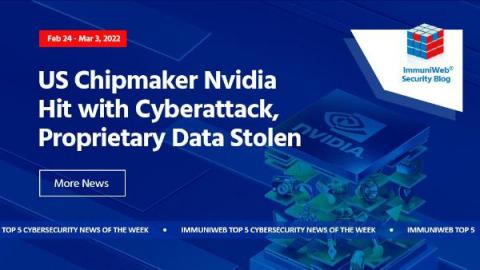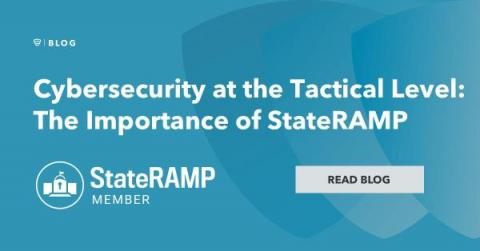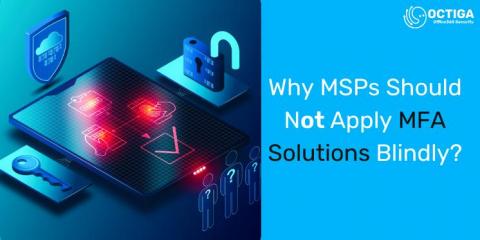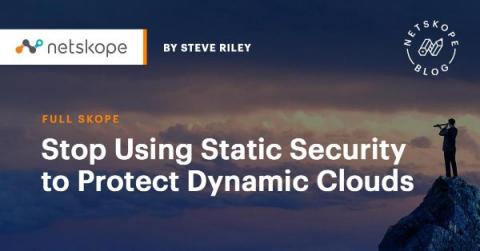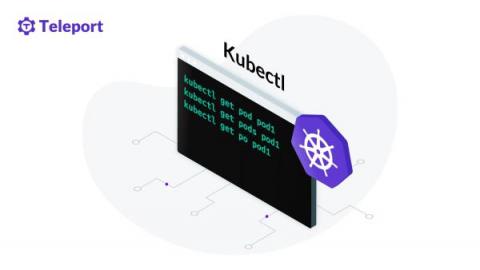Snyk and Bitbucket best practices cheat sheet
As the partnership between Snyk and Atlassian continues to grow, we decided to put together a best practices cheat sheet to help you make the most of our integration with Bitbucket. This will help you use Bitbucket more securely to manage and store your code, as well as continuously monitor your code and dependencies for potential vulnerabilities using Snyk. Here are the seven best practices we’ll discuss in this post: Download the cheat sheet





